281 CD / György Kurtág: Complete Flute Music
Description
The desire to record all of the works for an instrument already during the lifetime of a composer points to his importance and charisma. Despite the uncertainty: will he write something else? This was also the case with TACET 129, after Erika Haase (1935 - 2013) set herself the life-long task of recording all the pieces for piano by another ‘great’ of contemporary Hungarian music, György Ligeti. Now György Kurtág, a master of the miniature almost like Anton Webern. All his works for flute, initiated and congenially played by Markus Brönnimann and friends. The very first note should, no, must contain the whole world. Many of Kurtág's pupils know this only too well, as they often didn't get past the first bars in their lessons. Because he succeeds in this concentration, this evaporation to the essentials, Kurtág only needs a few notes to create a complete little univers in which nothing is missing. The 36 tracks bear ample witness to this!
6 reviews for 281 CD / György Kurtág: Complete Flute Music
You must be logged in to post a review.
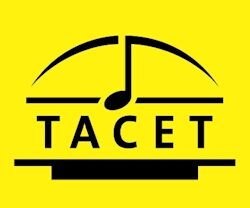
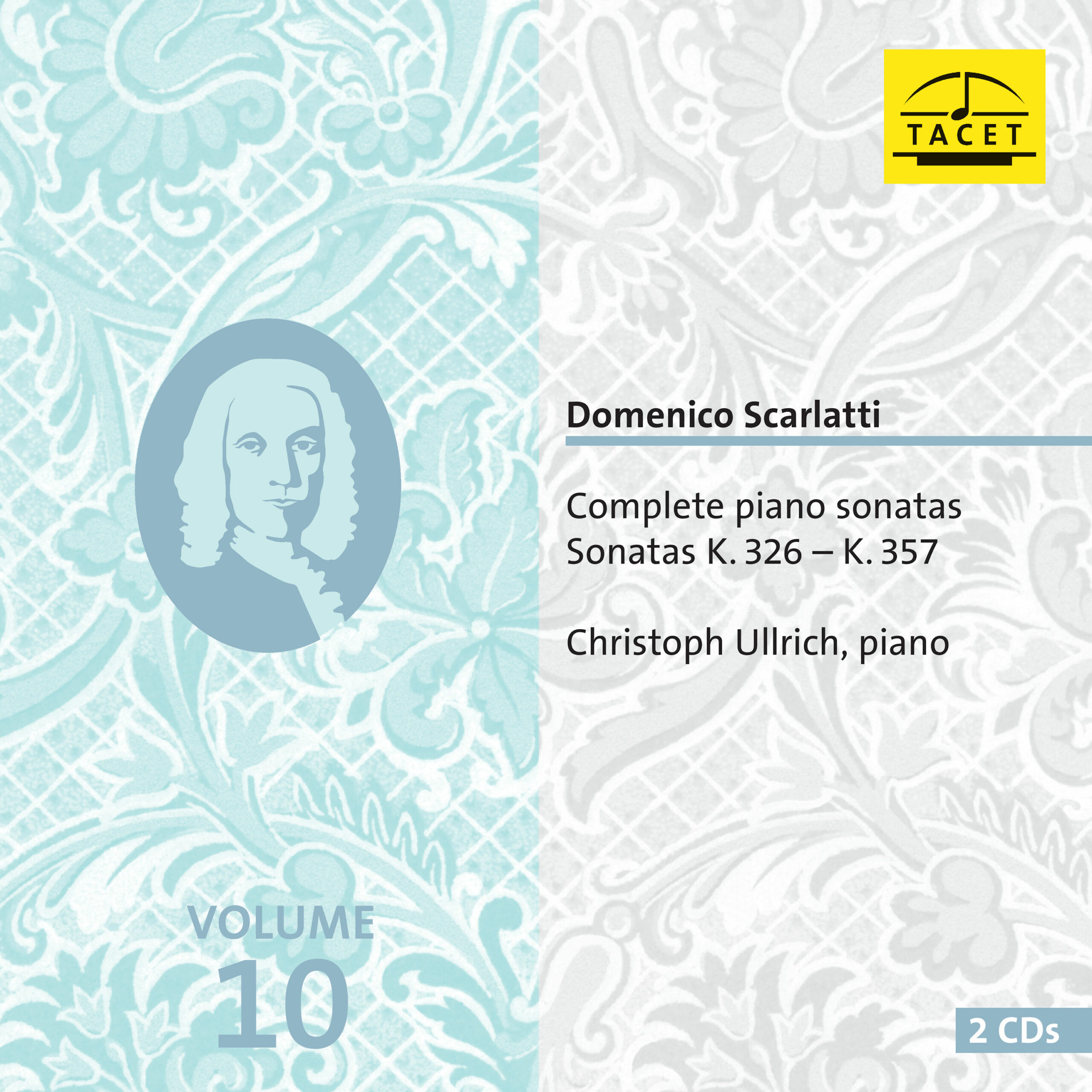
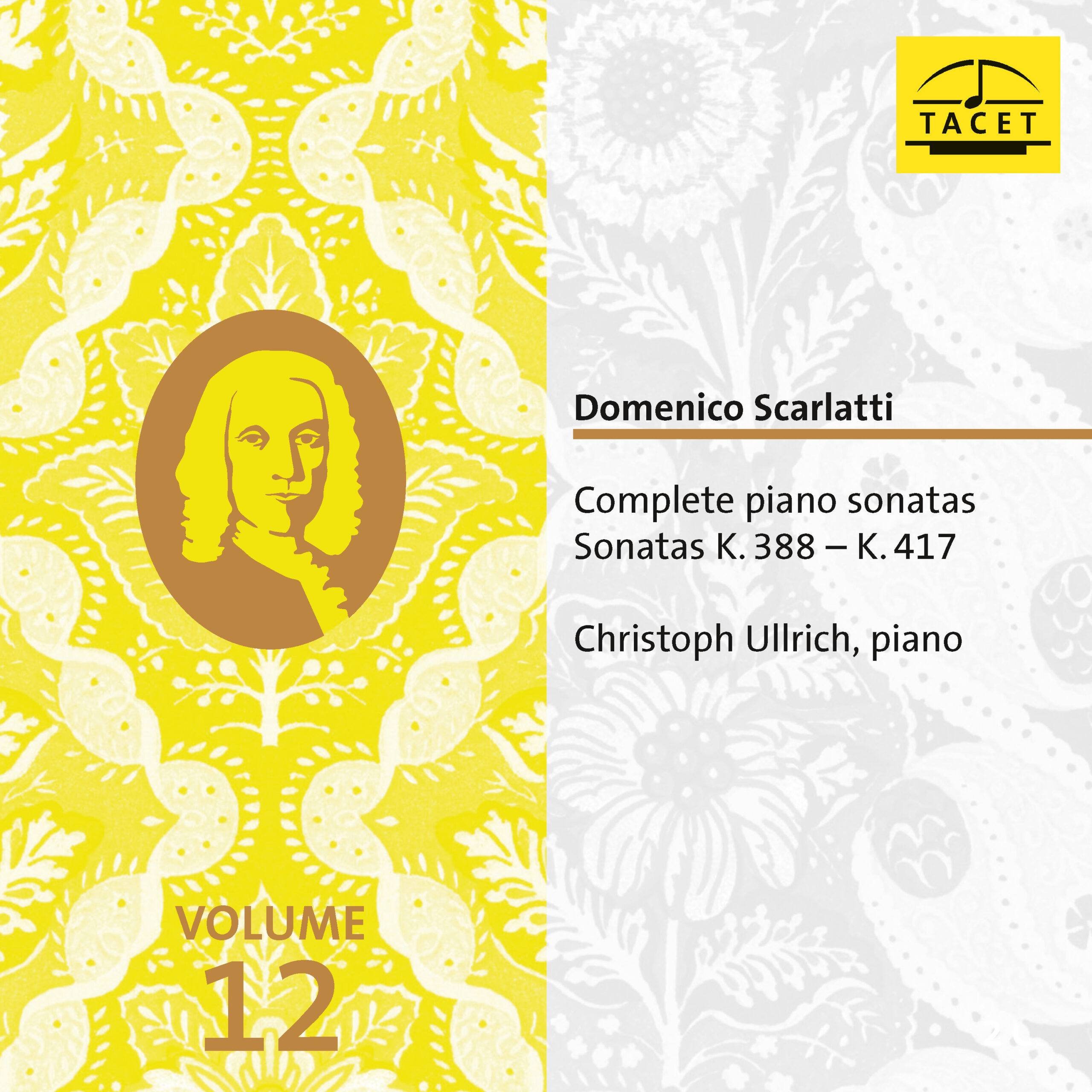
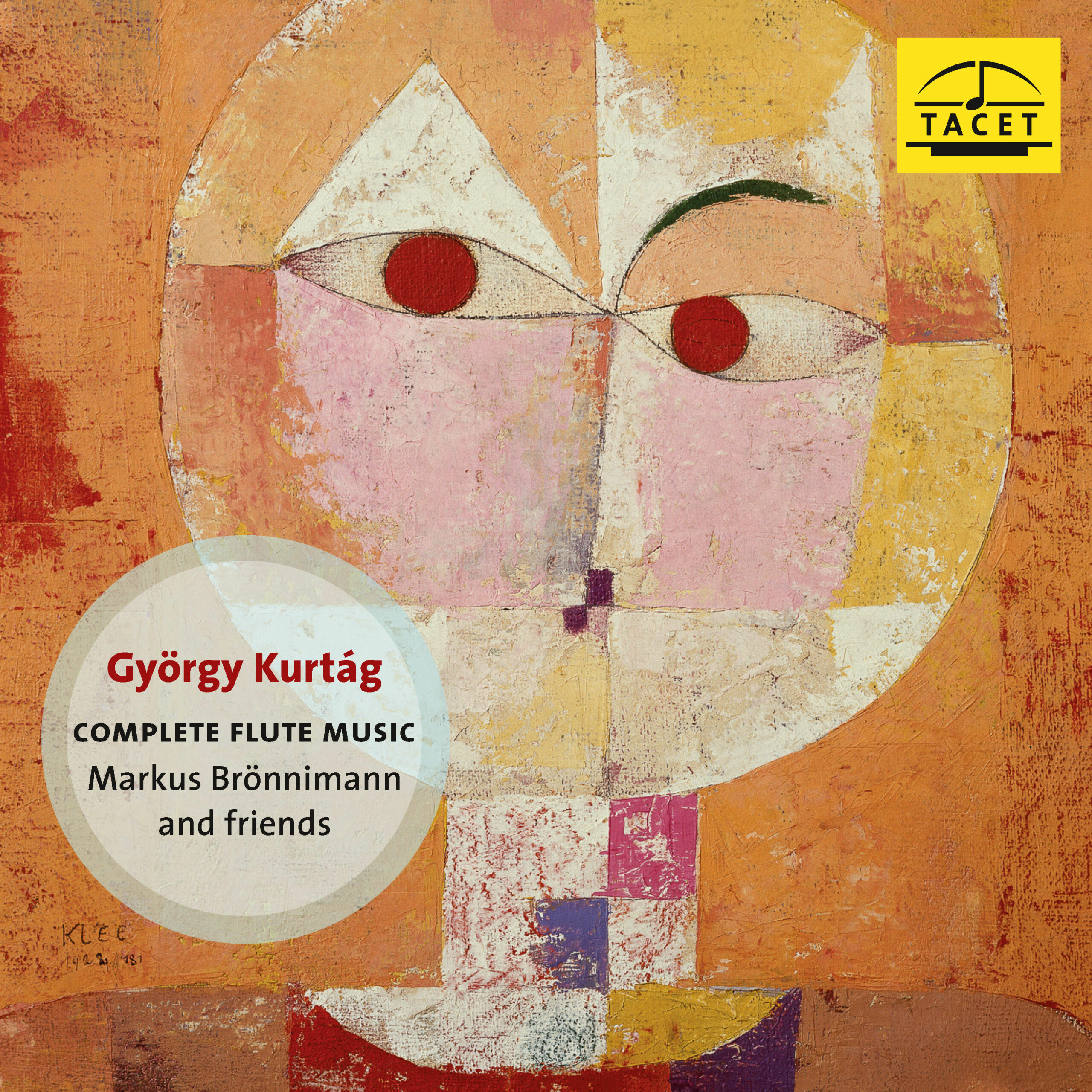
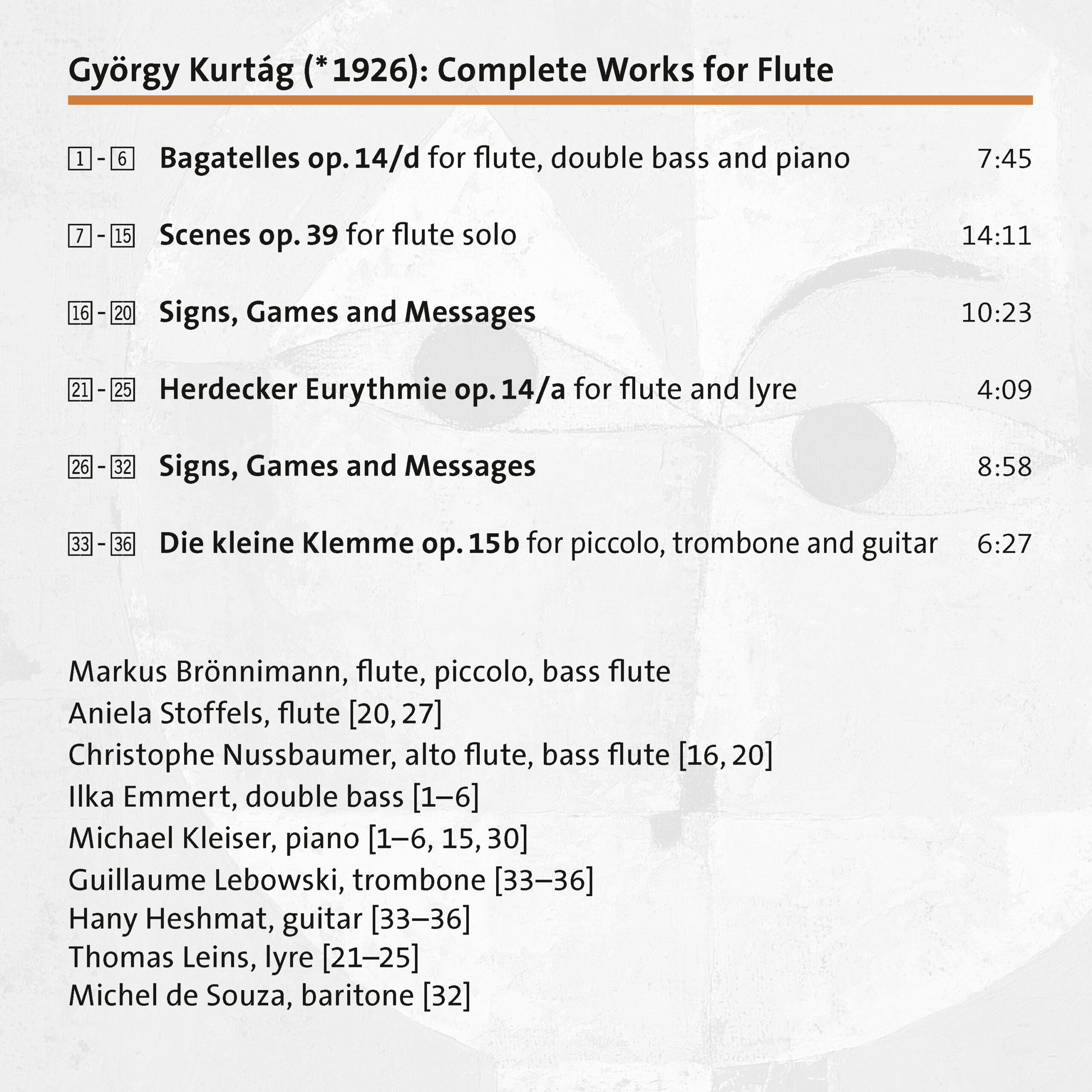

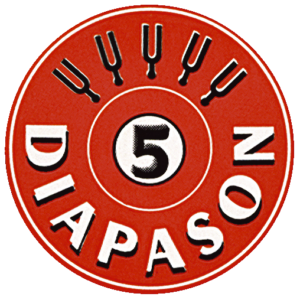
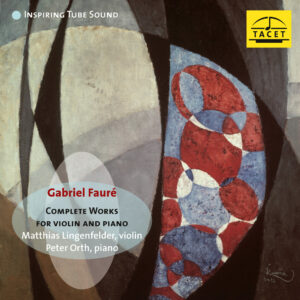

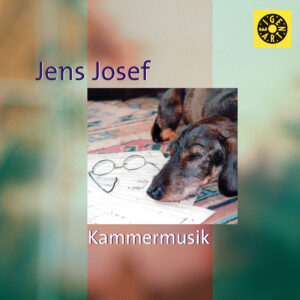
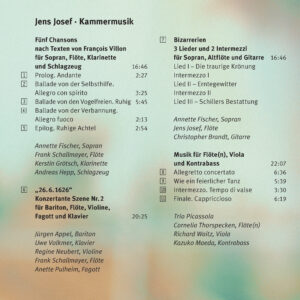
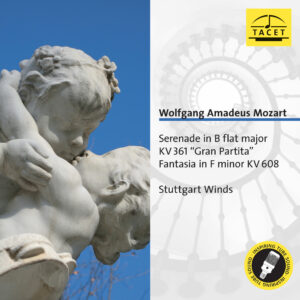
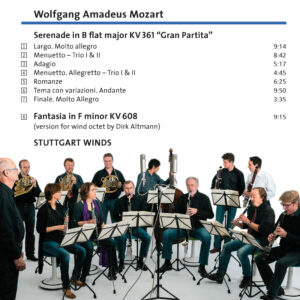
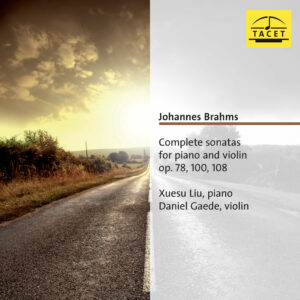
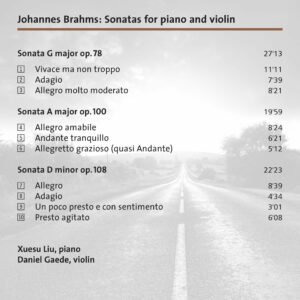
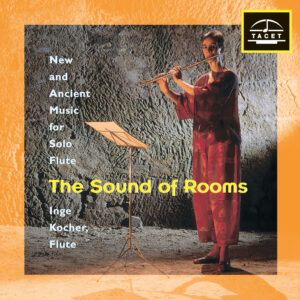
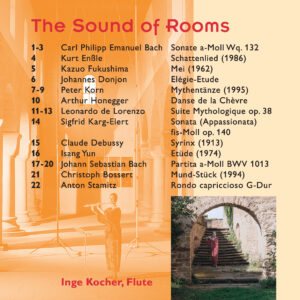
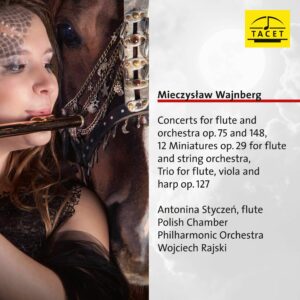
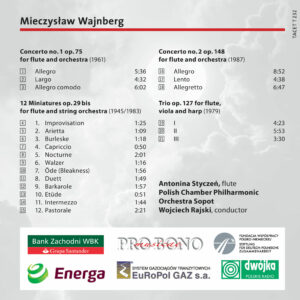
Tageblatt Luxemburg –
Markus Brönnimann and friends: it actually sounds like a dynamic jazz session — but it isn’t. The principal flutist of the Luxembourg Philharmonic and his friends have devoted themselves exclusively to the contemporary Hungarian composer György Kurtág and present on Tacet the complete works for flute. They do so, however, with tremendous dynamism and in a very refreshing manner that consistently maintains an inner balance between playfulness, delicate tone-painting, and controlled expressivity.
The jazz feeling is palpable, and the fine communication among the musicians makes this album something truly special. At first, though, one is thrown into the deep end: Kurtág’s Bagatelles op. 14/d acquaint the listener with music that is highly complex and at times somewhat unyielding. But one quickly becomes accustomed to the Hungarian composer’s idiosyncratic language and follows Brönnimann and his colleagues on an adventurous voyage of discovery, repeatedly encountering rewarding musical treasures in miniature form. Herdecker Eurythmie op. 14/a, the first part of which for flute and lyre is recorded here (the other two are for violin and lyre), is a wonderful piece that underscores the Hungarian composer’s strong artistic personality.
Indeed, every work is shaped with great individuality, and it is worth reading Markus Brönnimann’s introductory text before listening. He proves himself a perfect interpreter and a superb shaper of Kurtág’s music, which he fills with a wonderfully beautiful, nuanced, and richly colored tone. The finest example of Brönnimann’s artistry is the work Scenes op. 39 for solo flute. The concluding piece, Die kleine Klemme op. 15/b, surprises with its original instrumentation for piccolo, trombone, and guitar.
In the various works, Markus Brönnimann is supported at the highest level by Aniela Soffels and Christopher Nossbaum, flutes; Ilka Emmer, double bass; Michael Kleiser and Guillaume Lebowski, trombone; Hany Heshmat, guitar; Thomas Leins, lyre; and Michel de Souza, baritone — making this album an outstanding demonstration of how compelling contemporary music can be when it is played with skill and commitment. Absolutely recommended!
Alain Steffen
American Record Guide –
According to an interview with his only child for British weekly Sunday newspaper The Observer published online July 26, 2008 (edited by Irish journalist John Mulholland) the 20th Century Irish-English sculptor, drawer, and veteran of World War I Henry Moore said about his work:
“All art should have a certain mystery and should make demands on the spectator. Giving a sculpture or a drawing a title too explicit takes away part of that mystery so that the spectator moves on to the next object, making no effort to ponder the meaning of what he has just seen. Everyone thinks that he or she looks but they don’t really, you know.”
This principle of engagement characterizes the aesthetic of Gyorgy Kurtag (b 1926), living mostly since 1945 and specifically since 2015 in Budapest. In contrast to Romanian-born contemporary Gyorgy Ligeti (1923-2006), Kurtag pursued most of his career in Communist Hungary, writing music rooted in the Hungarian language and folk music of the Balkans plus a cosmopolitan array of influences. These pieces— all short—refer to Bach, Boulez, Debussy, Messiaen, Moussorgsky, and Stravinsky (whom did I miss?), Hungarian Protestant theologian Peter Bornemisza and French poet Arthur Rimbaud, with memorials to Swiss violinist Anna Holliger, daughter of you-ought-to-know-who, and Romanian composer, pianist, journalist, musicologist, and film director Myriam Marbe.
Luxembourg flutist Markus Brunnimann spoke in French to the composer about this proposal in the Spring of 2022 and contributed the notes to the booklet, also in German. He has been appreciated in these pages before, playing chamber works by Dotzauer, Emmanuel, Gouvy, Koechlin, and Mozart. Here he plays flute, piccolo, and bass flute, along with two colleagues who join him on flute, alto flute, and bass flute. The other instruments in the selections are guitar, lyre, bass, trombone, and piano. Brazilian baritone Michel de Souza makes a brief contribution.
Our main flutist’s sound has a luminous beauty when it isn’t whispering, aggravating, sharply piercing, fluttering, or sung along to. He approaches this music with all the theatricality and creativity behind it. So do his sympathetic collaborators, in recordings with clear resolution of all the details.
Das 2009 bei Boydell and Brewer erschienene und 2010 auf Deutsch im Wolke Verlag Hofheim veröffentlichte Interviewbuch wird als mögliche Ergänzung empfohlen. Auf dem Cover ist Paul Klees „Senecio“ (1922) zu sehen, ein Porträt, das auch „Baldgreis“ genannt wird – was glücklicherweise auf diesen Fall nicht zutrifft.
Gorman
Diapason Nr. 746 –
Markus Brönnimann, principal flute of the Luxembourg Philharmonic Orchestra, has brought together everything György Kurtág has written for his instrument. With the exception of the Scènes op. 39, these cycles make chamber-like use of the flute or present transcriptions (often synonymous with revisions) of pre-existing pieces—including three versions of Hommage à J.S.B. In these miniature formats, the composer does not seek purity; rather, what stands out is his ability to restore a sense of virginity to certain familiar musical materials or objects, such as a chromatic scale (Plaintive Pleading).
An alchemist of timbres, Kurtág calls upon piccolo, trombone, and guitar in a phantasmagorical Nachtstück under the auspices of Schumann. The rarefaction of motifs elevates the smallest interval (the semitone in Doloroso) and the most fleeting of sounds to the status of an event—one is reminded of the Latin dedication Webern addressed to Berg regarding his Bagatelles: “non multa, sed multum”, in other words, “not quantity, but quality”. This poetic approach leaves ample room for quotations, as in La fille aux cheveux de lin—enragée, or for imitation: iridescent arabesques in Bref message à Pierre Boulez, bird calls in the manner of Messiaen in In the Language of the Birds.
While Kurtág employs a wide range of extended techniques, from flutter-tonguing to tongue rams, he ensures they always serve the cause of expression. This is a lesson that Brönnimann and his colleagues have taken to heart in this recording, which is marked by great flexibility and freedom of approach, seeking less virtuoso transcendence (Zoltán Gyöngyössy made a stronger impression with the acrobatic Après une lecture de Rimbaud on BMC Records in 2002) than the concentration of gesture.
Jérémie Bigorie
____________________________________________________________
Original Review in French language:
Markus Brönnimann, flûte solo de |’Orchestre philharmonique du Luxembourg, a rassemblé tout ce que György Kurtag a écrit pour son instrument. A I’exception des Scenes op. 39, ces cycles font un usage chambriste de la flûte ou présentent des transcriptions (souvent synonymes de révisions) de pieces préexistantes — figurent ainsi trois versions d’Hommage a J.S.B. Dans ces formats miniatures, le compositeur ne recherche pas la pureté : frappe sa faculté à faire recouvrer leur virginité a certains matériaux ou objets musicaux connus, telle une gamme chromatique (Plaintive Pleading).
Alchimiste des timbres, Kurtag convoque piccolo, trombone et guitare dans un Nachtstück fantasma-gorigue placé sous les auspices de Schumann. La raréfaction des motifs éleve le moindre intervalle (demiton de Doloroso) et le plus fugitif des sons au rang d’événement – on songe a la dédicace latine que Webern adressa a Berg au sujet de ses Bagatelles : « non multa, sed multum », autrement dit « non la quantité mais la qualité ». Cette poétique laisse toute sa place aux citations, comme dans La fille aux cheveux de lin — enragée, ou a l’imitation : arabesques iridescentes dans Bref message a Pierre Boulez, chants d’oiseaux façon Messiaen dans In the Language of the Birds.
S’il utilise quantité de modes de jeux, du Flatterzunge au tongueram, Kurtag veille a les mettre toujours au service de |’expression. Une leçon que Brönnimann et ses amis ont retenue dans cet enregistrement empreint d’une grande souplesse et liberté d’approche, qui recherche moins la transcendance virtuose (un Zoltan Gyöngyössy impressionnait davantage dans I’acrobatique Aprés une lecture de Rimbaud chez BMC Records en 2002) que la concentration du geste.
Jérémie Bigorie
Klassik heute –
--> original review
Now, in the summer of 2024, my engagement with György Kurtág's flute music is, for the time being, complete. I have turned over every note three times and tried to immerse myself in his way of thinking and his world. I have tried to become one with this music, just as Kurtág has always demanded of his students. Learning all these pieces was not only a challenge, Kurtág’s music has also given me so much in return and made me happy. May the listener experience the same. — writes Swiss flutist Markus Brönnimann, the performer on this album, in the booklet. To get straight to the point: yes, listening to this music and engaging with the CD has made me happy — very much so. All the more because I did not expect such intensity from the flute, an instrument that is not universally loved in the music world. One should absolutely read the excellent and very detailed booklet text before listening to the album; the passion of the soloist is just as palpable there as it is in the interpretations delivered by him and his fellow musicians — explicitly named “Friends” on the front cover — turning the reception of these works into a journey to the center of Kurtág’s sounding miniature cosmos.
Sounding Concentrates
"My mother tongue is stammering," Kurtág is said to have once remarked. Indeed, this describes the essence of his music quite aptly. Stammering here does not mean incoherent, staccato-like speech, but rather the articulation of substantial, distilled (musical) "facts," free of redundancy and ornamental frills. Anton Webern and the Second Viennese School are often cited as figureheads here — and of course, Kurtág studied in their tradition. However, since he does not recognize a fundamental difference between tonal and atonal musical languages, and because he is one of the very few truly original composers of our time — someone who manages to translate the entire legacy of music history (from Bach to Bartók, to name two of his key reference points) into his own system — he has emancipated himself from all schools in a uniquely personal way. Even though Kurtág literally plays with the great models — Játékok ("Games") is the title of one of his major piano cycles — his music, for all its allusions, is never postmodernist. Terms such as collage, quotation, travesty, style-mixing, or anything with a “neo-” prefix (neo-classicism, neo-romanticism, neo-impressionism) completely miss the core of Kurtág’s art. Brönnimann refers to the composer’s approach as the “capacity for eavesdropping” and the “art of condensation,” and he hits the mark — especially since the words "listening" and "writing poetry" (in German: dichten) are embedded within them. For Kurtág's works are always dialogic in nature; they continue a musical “conversation” that predates their own existence, posing, as Brönnimann shows, the fundamental question: "With which tone do I respond to the first note?" In this sense, Kurtág’s compositions create spaces of resonance — to use the sociologist Hartmut Rosa’s term — that invite the listener to engage. The listener is encouraged — and expected — to resonate with what is being said (resonare in its original sense).
Bagatelles and Messages
The album features five cycles in total. In the order of their composition, they are: Die kleine Klemme (1978) for piccolo, trombone, and guitar; Herdecker Eurythmie (1979) for flute and (modern) lyre — a plucked instrument modeled after the ancient lyre; Bagatellen (1982) for flute, double bass, and piano; and Szenen (1997) for solo flute. The collection Signs, Games and Messages for solo flute and flute with various accompanying instruments (e.g. second flute, alto and bass flute, piano, and baritone) was written over a longer period and is not presented as a complete block on the CD but split into two parts — which I consider a stroke of genius. The fact that the works are not arranged in chronological but seemingly random order — beginning with the early Opus 14/d (Bagatellen) and ending with Opus 15b (Die kleine Klemme) — also turns out to be intuitively compelling when listening. The album could hardly end more appropriately than with the gasping trombone tones in the final movement Nachtstück from Die kleine Klemme.
Almost all movements bear more or less evocative titles, such as A Faltering Confession, Blumen die Menschen, or Joli oiseau; some reference direct role models — like Hommage à J. S. B., Fanfare in the Manner of Mussorgsky, or Hymn in the Manner of Stravinsky. As mentioned earlier, it is always about creating a stage in the smallest possible space, on which the instrument or instruments are set “in scene” to send “signs” and “messages” to the listener — in a way that is both highly focused and playfully expressive — which the listener is then invited to interpret, complete through imagination, and shape into their own conceptual understanding.
It is thanks to the excellent musicians — above all flutist Markus Brönnimann — that both the messages Kurtág's music sends and the album’s overall concept come together in a deeply rewarding way. Brönnimann’s profound familiarity with this music is evident in every note; the intensity could hardly be greater. Another strong point of this CD is its superb acoustics, which make even the subtlest nuances of this quietly electrifying music vividly perceptible.
Dr. Burkhard Schäfer
High Fidelity Poland –
--> original review
György Kurtág, born in 1926, is a Hungarian composer, pianist, and educator.
He is a member of Europe’s most prestigious musical institutions and has been honored many times for his contributions to music. As noted on Grove Music Online, his style is compared to that of Bartók, Webern, and, to some extent, Stravinsky. The album Complete Flute Music contains all of his compositions for flute.
It was recorded by the founder of the Tacet label over a few days in February and July 2024. While the booklet is excellent in its description of the music, it lacks any information about the recording itself—something that should not happen in this kind of release. More importantly, however, the music by Kurtág presented by Tacet is incredibly refreshing. Don’t get me wrong: Bach, Baroque, Renaissance, and Romanticism – in that order – are my favorite genres and periods of classical music. And yet, when I hear music of the caliber found on this album, I experience a kind of reset.
I had a similar experience at the concert on May 9 at the Kraków Philharmonic, where Ivo Pogorelich was the special guest. Together with the local orchestra, he performed Chopin’s Piano Concerto No. 2 in F minor, Op. 21 in the second part of the program – and it was wonderful. But the most powerful emotions, as I see it now, were stirred in me by Exodus for orchestra and tape by Krystyna Moszumańska-Nazar, which was preceded by the world premiere of a short Gloria by Joanna Wnuk-Nazarowa – both contemporary works. Listening to the pieces on the reviewed CD, I felt a similar sense of participating in a kind of rite. It wasn’t easy – it unbalanced me – but it was purifying.
The sound on this CD was captured from a certain distance. The flute is not a loud instrument, and one might imagine the sound engineer would want to bring it closer and enlarge it. But that didn’t happen. All instruments are given an equal chance to be heard. As a result, resonances are more clearly audible, and the acoustics of the Chamber Music Hall of the Luxembourg Philharmonic come across more distinctly than in many other recordings of this type.
It is a pure, clear sound—yet somehow “patinated.” Whether this is due to the use of tube microphones or other techniques, I don’t know. What I do know is that the sound is superb.
Wojtek Pacula
[automatic translation from Polish]
_________________________________________________________
Original Review in Polish language:
URODZONY W 1926 ROKU GYÖRGY KURTÁG jest węgierskim kompozytorem, pianistą i pedagogiem, członkiem najważniejszych gremiów muzycznych Europy, wielokrotnie odznaczany za zasługi dla muzyki. Jak czytamy na portal Grove Music Online, jego styl porównuje się do Bartóka, Weberna i, w pewnej mierze, Stravinsky’ego. Płyta Complete Flute Music zawiera komplet jego kompozycji na flet.
Została ona nagrana przez założyciela wytwórni Tacet w ciągu kilku dni, w lutym i lipcu 2024 roku. W książeczce, doskonałej jeśli chodzi o opis muzyki, zabrakło informacji o samym nagraniu, co nie powinno się tego typu wydawnictwom przydarzać. Ważniejsze jednak jest to, że muzyka Kurtága zaproponowana przez wytwórnię Tacet, jest niezwykle odświeżająca. Proszę mnie nie zrozumieć, Bach, barok, renesans i romantyzm – w tej kolejności – to moje ulubione rodzaje i okresy w muzyce klasycznej. A jednak, kiedy słyszę muzykę tej klasy, co zawarta na płycie o której mowa, resetuję się.
Podobnie miałem podczas koncertu 9 maja w krakowskiej Filharmonii, podczas którego gościem specjalnym był Ivo Pogorelich. Wraz miejscową orkiestrą zagrał w drugiej części II Koncert fortepianowy f-moll op. 21 Fryderyka Chopina – i było wspaniale. Ale największe emocje, tak to dziś widzę, wzbudził we mnie Exodus na orkiestrę i taśmę Krystyny Moszumańskiej-Nazar, poprzedzony prawykonaniem krótkiego Gloria Joanny Wnuk-Nazarowej, czyli kompozycje współczesne. Słuchając utworów z recenzowanej płyty miałem podobne poczucie uczestnictwa w misterium. Niełatwym, wytrącającym ze stanu równowagi, ale oczyszczającym.
Dźwięk na tej płycie został uchwycony z pewnej odległości. Flet nie jest głośnym instrumentem i można by sobie wyobrazić, że realizator będzie go chciał przybliżyć i powiększyć. Tak się nie stało. Wszystkie instrumenty mają więc równą szansę do zaistnienia. Mocniej są przez to pokazywane wybrzmienia, a akustyka wnętrza Chamber Music Hall Filharmonii w Luksemburgu jest znacznie wyraźniejsza niż na wielu innych nagraniach tego typu.
To brzmienie czyste i klarowne, a jednak w jakiś sposób „spatynowane”. Czy to przez użycie mikrofonów lampowych, czy inne zabiegi – nie wiem. Wiem jednak, że brzmienie jest doskonałe.
Pizzicato –
--> original review
Born in Hungary in 1926, the free spirit György Kurtag cannot be assigned to any school or direction. The flutist Markus Brönnimann has collected all of his works for flute on a Tacet album.
This was certainly not an easy undertaking, as Kurtag’s associative musical language demands the highest technical precision and musical concentration from both the soloist and the accompanying musicians. On the other hand, the composer leaves a certain amount of freedom to the performers, as his music should always be open to new ideas and adaptations. His collections do not always form a coherent cycle; the pieces can be played in different sequences. On the other hand, the pieces on this album contain a labyrinth of connecting threads, either because they can be assigned to other instruments or because they have been reworked from the corpus of other works. All this becomes clear in the very detailed and excellently explanatory booklet text by Markus Brönnimann.
The fact that the music expresses a wealth of often contradictory musical messages, that what may seem technical also speaks a poetic language, is expressed in Brönnimann’s playing and that of his friends with whom he recorded the album. The result is a truly exciting confrontation, coupled with a performance of a very high standard.
Norbert Tischer